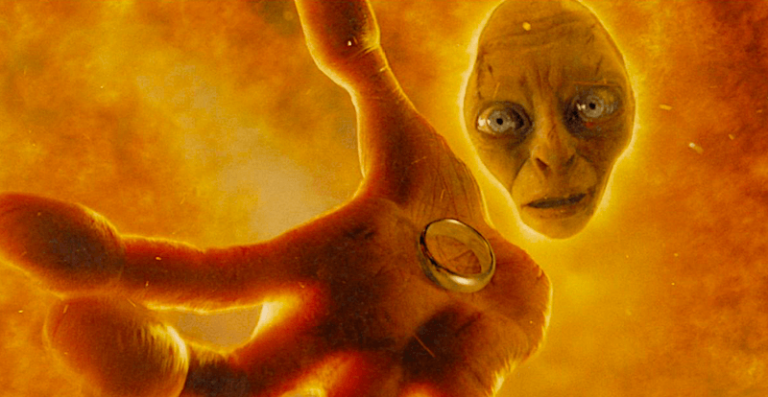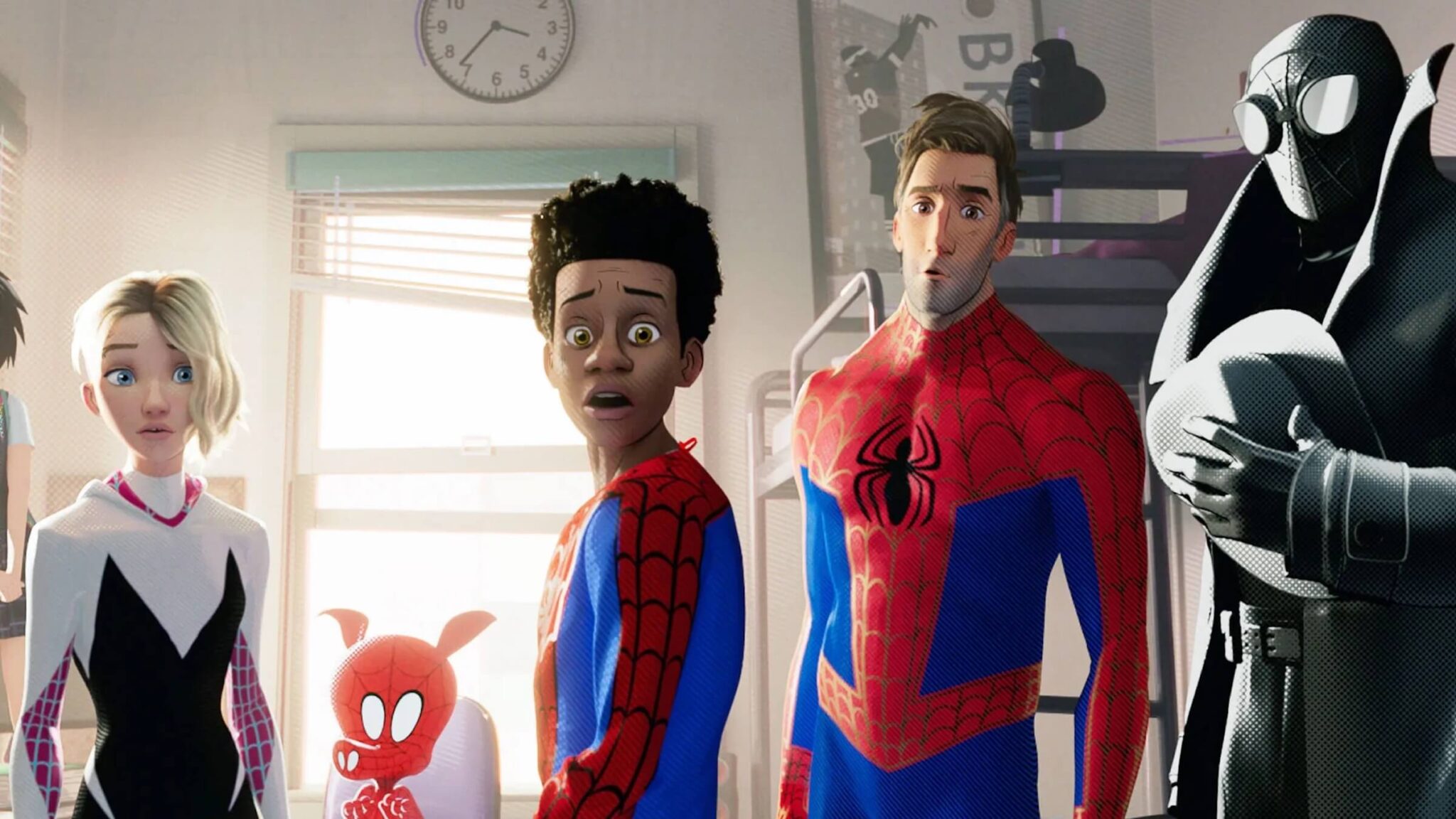9 Overused and Unrealistic Deaths that Screenwriters Need to Stop Writing

What are the most overused and inaccurate movie deaths that script readers and industry insiders constantly see in screenplays — and what can be done to stop them?
Let's keep it real. Most of Hollywood's physics, scientific explanations, and portrayals of realism are, at best, half-truths. Yes, people can die by strangulation, exposure to elements, and any number of real tragic deaths. But in movies and television, we've had decades of extreme exaggerations, bad science, and, sometimes, outright falsities.
As a former studio script reader and story analyst that has been tasked with reading and analyzing hundreds upon hundreds of screenplays, I can attest to the most overused and inaccurate movie and television deaths that screenwriters still use to this day. I'm a big fan of shock value cinema. I fully understand that entertainment is the most significant piece of the puzzle for movies and television. I know that in the context of fun and crazy horror and action movies and shows, trying to come up with a creative kill is a talent that most writers would, forgive me, die for in metaphorical fashion.
But with that in mind, don't we want to push the limits of what audiences have already seen? Don't we want to offer them something new? It's your job as a screenwriter to be more creative than those that came before you. That's the goal. While specific structures, genres, concepts, and character types are popular for a reason and should be utilized if people are still willing to pay for tickets or tune in, it's your job to take what's been successful and somehow make it newer and better.
Inspired by years of reading the same types of death scenes in spec scripts at the studio level, here are the nine most overused and unrealistic deaths that are still found in screenplays today. They are the tip of the iceberg, yes, but are the repeat offenders of the bunch. If you've been tempted to use them in your scripts — or have been guilty of doing so already — take what will likely end up being just an extra few minutes to conjure something even better.
Ready for your next draft? Use this free eBook to help you with your next rewrite!
1. Death by Razor-Sharp Wire
We've seen this in action, science fiction, and horror movies. Either a "razor-sharp" wire is strung across an area that an unfortunate character goes through at high speeds, or some booby trap device uses such wires to cut the human body to pieces with precision.
The reality is that any wire small enough to be "razor-sharp" would snap at those types of speeds and impacts.
Yes, coming in contact with any wire at any rate of speed can cause major damage, but any part of the body being sliced in half upon impact is unlikely — and very overused in screenplays to this day.
2. Death by "Nose Bone"
We can mostly "blame" this on Shane Black and his The Last Boy Scout script.
Yes, at the time, it was a pretty badass way to take out a bad guy. It was actually one of my favorite action deaths back in the day. However, it makes no logical sense in the real world.
If you've ever seen a skeleton, you'll know that the nose area of the skull is basically a big hole. The nose is made of cartilage, with just a little bit of bone. But not enough to send a sharp piece into your brain, killing you instantly.
Bruce Willis did it. Nicolas Cage did it in Con Air.
Countless other action spec scripts have featured the death. It's time to move on. Do your research and find a better way. And when you find something that's realistic, it'll be an even better conversational piece down the road ("Yes, that would actually happen.")
3. Death by Piranhas
The Piranha franchise is a favorite guilty pleasure. And did you know that James Cameron directed the second installment (partially)? While the tale of killer piranhas on the loose is a fun concept, death-by-piranha isn't a very realistic option to include within your screenplay.
We can put the blame on the James Bond flick You Only Live Twice.
But none other than Teddy Roosevelt may be the one true culprit to blame.
In his book — Through the Brazilian Wilderness — about a famous Brazilian expedition he went on with many journalists, Roosevelt wrote:
"They are the most ferocious fish in the world. Even the most formidable fish, the sharks or the barracudas, usually attack things smaller than themselves. But the piranhas habitually attack things much larger than themselves. The razor-edged teeth are wedge-shaped like a shark's, and the jaw muscles possess great power. The rabid, furious snaps drive the teeth through flesh and bone. The head with its short muzzle, staring malignant eyes, and gaping cruelly armed jaws, is the embodiment of evil ferocity; and the actions of the fish exactly match its looks."
While on his expedition, a village of Brazilians told Roosevelt and his group that they were not to venture into the water of a particular river because they would be attacked and eaten by piranhas. They knew Roosevelt would be skeptical and planned a show to "prove" their story. According to tropical fish expert and writer HR Axelrod, local fishermen had isolated 300 feet of the Rio Aripuana with nets and spent weeks populating the area with hundreds of piranhas. With a skeptical Roosevelt watching, locals pushed a sick, aging cow into the piranha-infested area of the river. The fish had been starved, so the piranhas made a quick meal out of the beast. The water turned red amidst a flurry of bubbles, and the skeleton was pulled out. Word has it that the belly may have been slit before it was thrown into the river to give the feast more of a visual effect.
The truth is that piranhas do not normally devour a single victim this way. If you fall into a river populated by piranhas, you'd likely shed some blood, sure. But only with nicks and scrapes — as long as you were determined to get out. We've seen too many movies and have read too many scripts with this type of scene. There has to be something better out there.
4. Death by Exploding Car Amidst a Barrage of Bullets
No one loves an action explosion more than I, but the truth is that gas tanks are made to prevent things like projectiles from igniting the gas within.
It's been proven that a bullet from a gun will not ignite a gas tank's fuel — primarily because of the lack of oxygen within the tank — leading to an impressive slow-motion explosion. In fact, it would be difficult for a single bullet even to penetrate the reinforced gas tanks that are built to withstand major impacts. Yes, a tracer round could ignite the gas, but by the time that would happen, the pressure of the tank would be exhausted due to multiple rounds creating holes and releasing necessary pressure to cause a Michael Bay-worthy explosion. One proven method is firing full metal jacket rounds, which could create the right spark to ignite the gas and create an explosion. But that's a pretty specific form of ammunition.
At least come up with a more creative or realistic way to make a car explode. You can do it.
5. Death by Liquid Nitrogen
Liquid Nitrogen is a quick-killer in screenplays. Once the human body is exposed to it, characters can instantly freeze — or, at the very least, they'll lose a limb with shattering effect.
However, nothing could be further from the truth. It's one thing to damage the exterior of a human body with liquid nitrogen and a whole different task to lower the interior temperature enough for the body or limb to freeze on impact. You're better off saving it for science fiction by creating a weapon capable of somehow freezing a body or limb that fast. At least in science fiction, you have a plausible defense of your plot device choice.
6. Quick Death by Hanging
There's nothing funny about this type of death. But the way it is portrayed in cinemas and television is often inaccurate and unrealistic.
It is not quick and painless, as portrayed by most of the worst offenders. We won't go into specifics as far as how this type of death can be quick and painless, but as often portrayed in movies and television episodes, it involves a character — either voluntarily or involuntarily — being hung by a rope or wire around their neck and elevated off of the ground. In action and horror movies especially, this is portrayed as an instant death after some choking. In real life, it's far more gruesome and takes much longer to die from.
7. Death by Lava
First things first — if you fell in lava and could not get out, yes, you would die. And it would be a horribly painful death at that.
However, you wouldn't disappear into the lava by instantly burning as a result of the high temperatures.
Instead, you would more than likely stay afloat on top of the surface of whatever lava pool you've somehow fallen into. Lava is buoyant. According to simple physics, you would stay floating on the surface. If you have no way of being pulled out quickly, you'll catch on fire and burn to death, yes, but it's hardly the instant fate of disappearing into the lava that we've seen in so many movies.
Wouldn't it be great to show audiences what would really happen? It's even more shocking and gruesome than what they are used to seeing.
8. Death by Bullet-Ignited C4
If you're in the military, you're probably laughing your ass off right now.
I learned the hard way after having a Special Forces vet read my action script years ago for quality control. "Brother, C4 wouldn't ignite from a sniper bullet. In fact, we used to light small amounts on fire for stuff in the field. That s*** needs a detonator to blow."
C-4 is very stable. Most physical shocks won't affect it.
Detonation is only initiated by a shockwave from a detonator that is inserted and fired. When that happens, the C-4 will rapidly decompose as it releases nitrogen, water, carbon oxides, and other gases that result in an impressive and destructive — depending on the amount of C-4 used — explosion.
9. Death by Bullet-Ignited Grenade(s)
Grenades are intricate devices designed not to explode unless detonated through a series of specific features:
- Pulling the pin
- The release of the handle sets off the striker
- The striker hits a percussion cap and creates a spark
- That spark lights a fuse
- The fuse burns for a few seconds
- The fuse ignites a small amount of detonating fluid
- A small explosion is created within the grenade
- That explosion sets off explosive material within
- The grenade then explodes, sending metal shrapnel out with that explosion
I know, that's not as cinematic as shooting it with a gun and it going boom, but that's the reality of it.
If you really want to shock audiences, have a moment where a character attempts to do this — or with C-4 — and quickly learns the truth from someone in the know. It'll change their lives forever.
_______________________________________________________________
In the end, sure, it's just a movie. Audiences are expected to show some suspension of disbelief. But trust me, script readers get tired of the same old cinematic tropes over and over. And audiences tire of them too, often to the point of laughing at such scenes when you want them to be engaged within the moment of action or horror — not amused by it.
What other ones did we miss?
Ken Miyamoto has worked in the film industry for nearly two decades, most notably as a studio liaison for Sony Studios and then as a script reader and story analyst for Sony Pictures. He has many studio meetings under his belt as a produced screenwriter, meeting with the likes of Sony, Dreamworks, Universal, Disney, Warner Brothers, as well as many production and management companies. He has had a previous development deal with Lionsgate, as well as multiple writing assignments, including the produced miniseries Blackout, starring Anne Heche, Sean Patrick Flanery, Billy Zane, James Brolin, Haylie Duff, Brian Bloom, Eric La Salle, and Bruce Boxleitner. Follow Ken on Twitter @KenMovies
For all the latest ScreenCraft news and updates, follow us on Twitter, Facebook, and Instagram.
Tags
Get Our Screenwriting Newsletter!
Get weekly writing inspiration delivered to your inbox - including industry news, popular articles, and more!




























